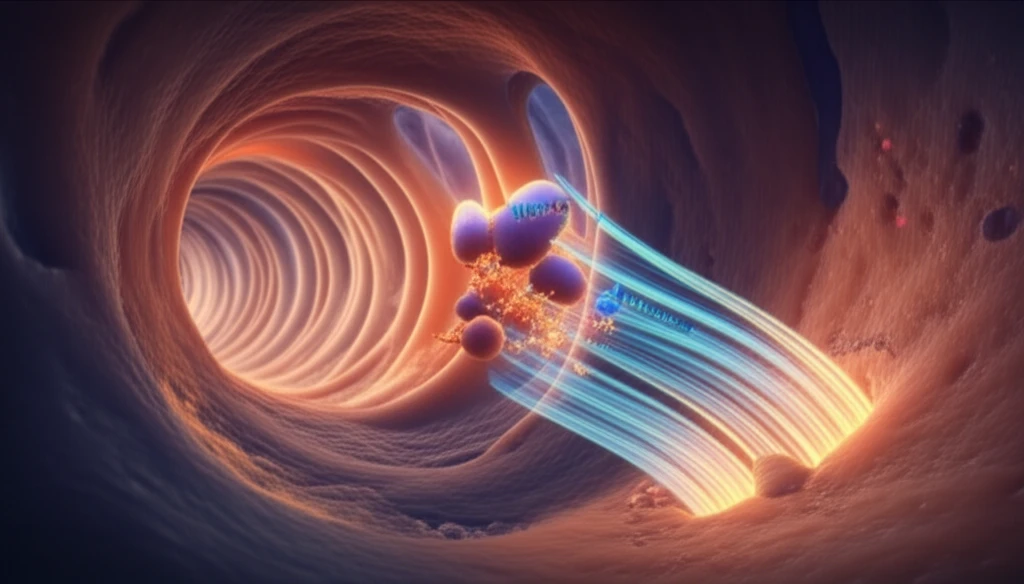
Decoding the Breath: How a Single Protein Could Prevent Tracheal Collapse
"New research illuminates the critical role of Notum in balancing Wnt signaling for healthy tracheal development, offering potential insights into preventing tracheomalacia in newborns."
Imagine the trachea, the vital airway that carries air to our lungs, supported by C-shaped cartilage rings. These rings are essential for maintaining an open airway, and when they weaken or collapse, it can lead to a serious condition called tracheomalacia, especially in newborns. Tracheomalacia can cause breathing difficulties, noisy breathing, and in severe cases, even be life-threatening.
While tracheomalacia is relatively common, the precise genetic and molecular mechanisms that govern the proper formation of these cartilage rings have remained elusive. Recent research is beginning to unravel these complexities, shedding light on potential therapeutic targets.
A groundbreaking study by Gerhardt et al. (2018) has identified the protein Notum as a key player in tracheal cartilage development. Notum, it turns out, is critical for balancing the Wnt signaling pathway, a fundamental process that guides cell growth and differentiation. This article will delve into the findings of this study, exploring how Notum contributes to healthy tracheal development and how its dysfunction might lead to conditions like tracheomalacia.
Notum: The Wnt-Signaling Gatekeeper in the Trachea

The research highlights Notum as an extracellular deacylase, an enzyme that modifies and inactivates Wnt ligands. Wnt ligands are signaling molecules that play diverse roles in embryonic development, including cartilage formation. The study found that Notum is specifically enriched in the ventral tracheal mesenchyme, the tissue surrounding the developing trachea, where Wnt signaling activity is high.
- Expanded Cartilage Domain: The cartilage region in the trachea was larger than normal.
- Reduced Trachealis Muscle: The trachealis muscle, which helps control airway diameter, was diminished.
- Fewer Cartilage Rings: The number of complete cartilage rings was reduced.
Unanswered Questions and Future Directions
While this research provides valuable insights into the role of Notum in tracheal development, it also raises several important questions. For instance, is the reduction in trachealis muscle a direct consequence of Notum deficiency, or is it secondary to the abnormal cartilage formation?
Furthermore, the study found that loss of Wls (Wntless), a protein involved in Wnt protein transport, results in more severe tracheal defects than Notum deficiency alone. This suggests that Wls may regulate mesenchymal development through other proteins besides Notum. Identifying these additional proteins will be crucial for a more complete understanding of tracheal development.
Future research aimed at unraveling these remaining mysteries promises to further illuminate the intricate signaling networks that govern tracheal formation. A deeper understanding of these processes could pave the way for novel therapeutic strategies to prevent and treat congenital tracheal defects like tracheomalacia, ultimately improving the lives of newborns and infants.
